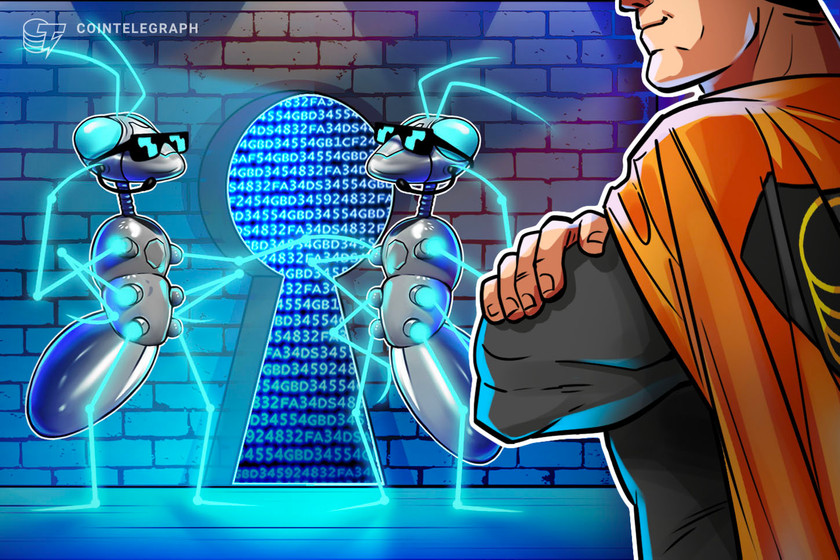Avalanche blockchain network to launch full mainnet
Avalanche, a new blockchain protocol and cryptocurrency backed by Cornell’s Emin Gün Sirer, will finally go live in a few days.
According to an announcement, Avalanche will roll out the full mainnet on Monday, Sept. 21.
With the mainnet launch, the Avalanche (AVAX) token, the platform’s native token, can be listed on crypto exchanges, although Ava Labs did not specify which ones.
As previously reported, the AVAX token will serve as a tool to secure the Avalanche network through staking, pay for operational fees, transfer value peer-to-peer and create new networks. Once the mainnet goes live, data about the AVAX token will be available on major token explorers like CoinMarketCap, a representative at Ava Labs said.
Alongside the Avalanche network, Ava Labs will also launch an open-source platform for building decentralized finance applications and enterprise blockchain tools. With the launch, Ava Labs aims to solve major DeFi issues like over-congestion on the Ethereum network by providing a highly scalable blockchain network.
Ava Labs co-founder and COO Kevin Sekniqi told Cointelegraph that DeFi has always been the core focus of Avalanche. He claimed that the network is basically limitless in terms of scalability:
“There’s no known limit to the number of full, block-producing validators who can participate in Avalanche consensus without any loss in performance. We’ve tested upwards of 2,000 of these full validating nodes without any drop-off in performance or downtime.”
According to Ava Labs’ representatives, the Avalanche network is capable of confirming transactions in under one second, with a capacity of over 4,500 transactions per second and security thresholds “well-above the 51% standards of other networks.”
As the Avalanche platform is designed to help current DeFi projects scale further, the network needs to provide a sufficient level of interoperability with other networks. Sekniqi says that Avalanche will support bridges to other networks to allow users to move assets between them.
“We’ll be launching a bridge to Ethereum very soon that will enable activity between the networks, like transferring assets like stablecoins between the networks or ‘wrapping’ native assets on Avalanche, without losing any functionality,” he said.
According to the firm, Avalanche has raised $60 million to date, including a $42 million public token sale this July 2020, and a $12 million private sale led by Galaxy Digital, Bitmain and Initialized capital. The project was initiated in May 2019.
Avalanche’s founder and CEO Gün Sirer recently criticized emerging blockchain projects for applying dubious strategies in the industry. In a Sept. 11 tweet, he said that too many industry projects tend to make strong tech claims without providing much evidence.









